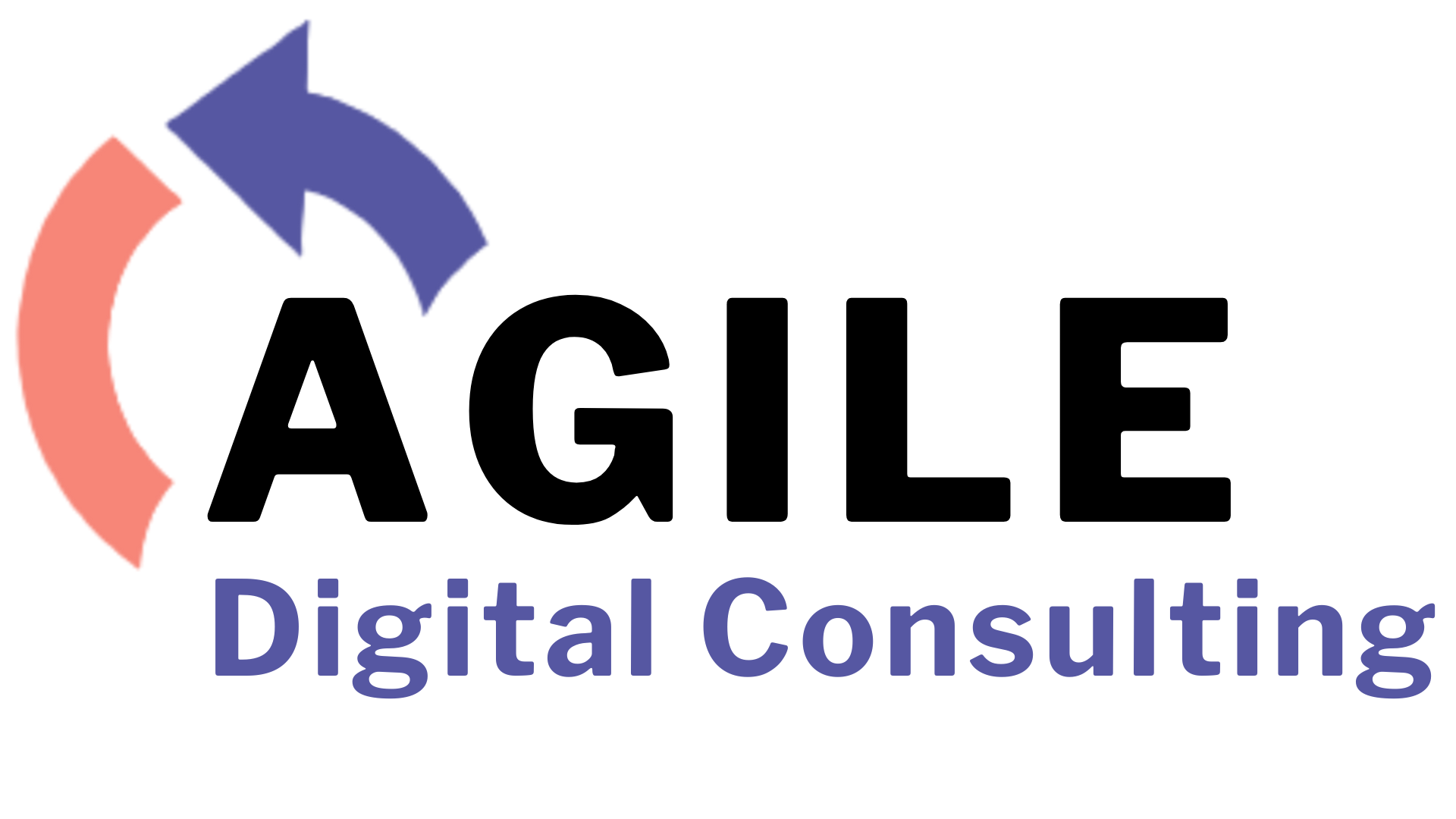Staff Training (Talent Development )
Staff development has become an essential component of any successful organization. It is critical to invest in your employees’ development to ensure they have the skills and knowledge required to perform their roles effectively.
The Advantages of Staff Training
- Enhanced Productivity And Efficiency.
When your employees are properly trained, they are better able to carry out their roles and responsibilities. This leads to increased productivity and efficiency, which benefits your company in the long run. - Staff Motivation and Retention Improved: Investing in your employees’ development demonstrates that you value them and care about their success. This can result in higher employee happiness and morale, which leads to lower turnover rates.
- Enhanced Customer Service: Employees who have received proper training are better equipped to handle customer inquiries and complaints, resulting in increased customer satisfaction and loyalty.
- Industry Standards and Regulations Compliance: Training can keep your employees up to date on industry standards and regulations, lowering the risk of legal issues and penalties.
- An Advantage In The Marketplace: You can gain a competitive advantage over other businesses in your industry by investing in employee training. Employee training can give you a competitive advantage in terms of quality, efficiency, and innovation.
Types of Staff Training
- On-the-Job Training
Learning by doing is a component of on-the-job training. Job shadowing, apprenticeships, and mentoring are all examples of this. This type of training is frequently most effective for roles that necessitate on-the-job training. - Classroom Training: A structured learning environment, often facilitated by an instructor, is used in classroom training. This type of training is frequently the most effective for roles requiring theoretical knowledge, such as compliance or safety training.
- e-Learning: Employees can complete online courses or modules at their own pace with e-learning. This type of training can be useful for roles that require ongoing learning or for employees who are dispersed geographically.
- Seminars and conferences: Employees can learn from industry experts and network with their peers at conferences and seminars. These events can be beneficial in terms of both learning and motivation.
Designing and Implementing a Successful Training Program
i. Ascertain Training Requirements
It is critical to identify the specific skills and knowledge that your employees require before designing a training program. Surveys, interviews, and performance evaluations can all be used to accomplish this.
ii. Set Training Objectives
Once the training needs have been identified, it is critical to establish clear goals for the training program. This can include specific outcomes you want to achieve as well as success metrics.
iii. Develop Training Materials
Whether you create your own training materials or use third-party resources, it’s critical that the materials are relevant, engaging, and easy to use.
iv. Provide Instruction
The type of training you provide will determine how it is delivered. It is critical to ensure that the method of delivery is effective and engaging and that employees have the resources and support they require to succeed.
v. Assess Training Effectiveness
After the training program is completed, it is critical to assess its effectiveness. This can be accomplished through the use of surveys, assessments, and performance evaluations. Utilize this feedback to continuously improve your training program and ensure its relevance and effectiveness.
